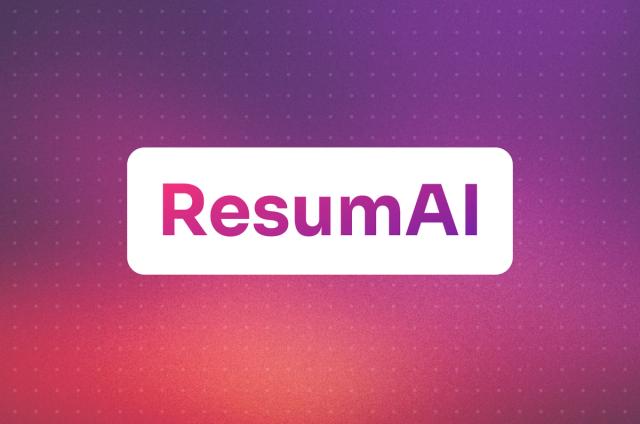How to Transition to Hybrid Cloud

Did you know that a majority of companies have already transitioned to a hybrid cloud strategy? According to RightScale’s 2019 State of the Cloud Report, 58% of all enterprises have deployed a hybrid cloud strategy — a big jump from 2018’s 51%. Why are so many companies deploying hybrid cloud strategies, and so quickly? It’s all about the unique benefits that hybrid cloud offers. So, if we group all business enterprises into two figurative herds — those that have adopted a hybrid cloud strategy, and those that are lagging behind — the larger of those two herds is now grazing contentedly in the lush green pasture of hybrid cloud benefits. The other herd is just gazing longingly at all that lovely green grass on the other side of the fence.
Which herd does your company belong to?
If you’re in the have-not herd, you might be wondering how to go about getting on the right side of that fence—but you’re not sure how to make that transition. Don’t worry. Climbing that fence is not all that difficult. And we’d like to provide you with this little primer for getting started. Follow the steps below, and you’ll be on your way to enjoying the benefits of the hybrid cloud.
1. Examine the needs of your organization
Evaluate existing workloads, and, to the extent possible, try to anticipate future needs so that you have an idea of the cloud capacities and capabilities needed.
2. Select your best options
There are many pathways to the cloud, both public and private. Which options will best serve your current and future needs, as determined in step #1? Though the choices can be overwhelming, it’s important to carefully select the options that will best serve your organization’s needs. And while evaluating options, it’s important to consider how well each option will serve the end-users in your organization.
3. Consider compliance issues
For certain industry verticals such as healthcare and finance, maintaining compliance with governmental regulations is a constant concern and a continuous challenge. Will the impending change in your cloud strategy impact your ability to maintain compliance standards? Do your best to evaluate all possible compliance ramifications of the change you’re considering. For example, if you’ll be utilizing any public cloud services, you must be certain that the services are capable of the safekeeping of sensitive data, and certified for same.
4. Planning the change
Since you’ll be using multiple cloud options, it will be necessary to determine which cloud vendor will be utilized for each of your applications and business processes. Some may be better suited for private cloud options, and public cloud vendors might be best for others. The confidentiality of the data used by an app or business process should be consideration in making this decision. You also need to plan where your data is going to live and why. How portable is your data and where is it located, geographically? These are important factors to consider in your planning.
5. Making the change
Though many cloud vendors offer backup and recovery options, it is wise to put your own backup solutions in place. It’s also important to plan for the possibility of encountering business disruptions during the transition process. There are many options for backup and disaster recovery solutions, including third-party vendors. Have a plan in place for dealing with disruptions.
6. Phasing-in the change
The large majority of businesses choose to manage the risk of hybrid cloud migration via a phased approach. Instead of making an organization-wide transition, consider migrating to your new cloud strategy in stages. Also consider selecting and starting with a handful of applications and processes that are likely to offer easy transitions with high value to your customers. Migrating these first, as pilot projects, can help to tune your migration approach before expanding it to the rest of the organization.
7. Evaluating the change
Transitioning to a hybrid cloud strategy isn’t a set-and-forget process. It’s important to periodically evaluate whether the changes you’ve implemented are fully delivering upon the anticipated benefits. Small and timely tweaks to the strategy may yield significant boosts in cost-effectiveness, security, and operational efficiencies. And there’s one additional step to optimizing the benefits you’ll realize in transitioning to hybrid cloud…
8. Upgrade Your Database
Moving to a hybrid cloud model will impact your data management strategy. But as a recent article in TechSpective noted, “…many enterprises are beginning to understand that a hybrid cloud strategy does not equal a hybrid database strategy — and are discovering that they need both strategies to address key risks that hybrid clouds create and often can get overlooked.” That’s why implementing an always-on database, active everywhere database such as DataStax Enterprise is so important. It provides the infinite scalability and consistent availability that are crucial to the success of a hybrid cloud strategy. The direct benefits include a hybrid cloud-ready database that:
- It is continuously available, 24/7/365
- Has data distributed close to the endpoints
- Delivers response times in microseconds
- Enables meaningful transactions that have context to your business
Hybrid Cloud - Worth the Effort!
Any transition in operational strategies can be challenging at times. A transition in strategy can also require lots of coordination, planning, and follow through. That’s certainly true of transitioning to a hybrid cloud strategy. But the benefits of making that move outshine the efforts required. If that weren’t so, most of the herd would still be on the non-hybrid side of the cloud fence. But instead — as noted in the RightScale report referenced above — the majority of companies are already enjoying the green pastures of the hybrid cloud. Is your company one of the stragglers? If so, maybe it’s time to rethink your cloud strategy.







